I'm trying to understand how a voltage doubler using a switched capacitor circuit affects the charge being distributed from the input to the output.

simulate this circuit – Schematic created using CircuitLab
The circuit operates so that during first phase \$V_{IN}\$ is charging the capacitor \$C_{1}\$ and during second phase the \$C_{1}\$ is connected in series and between \$V_{IN}\$ and \$V_{OUT}\$ and the voltage is doubled. However, theoretically, the maximum output current gets halved.
Now, if current is really halved, does this mean that the charge initially transferred to \$C_{1}\$ halves too (since this relation applies \$Q = I*t\$), or does it stay that same and the time needed to distribute the charge from \$C_{1}\$ to load doubles at the halved current?
P.S.: This might seem a bit weird question but I'm really eager to know the actual answer to this. Also, this has something to do with designing a circuit for charge transfer between battery cells. That is why I'm interested what happens to the amount of charge transferred over to load.